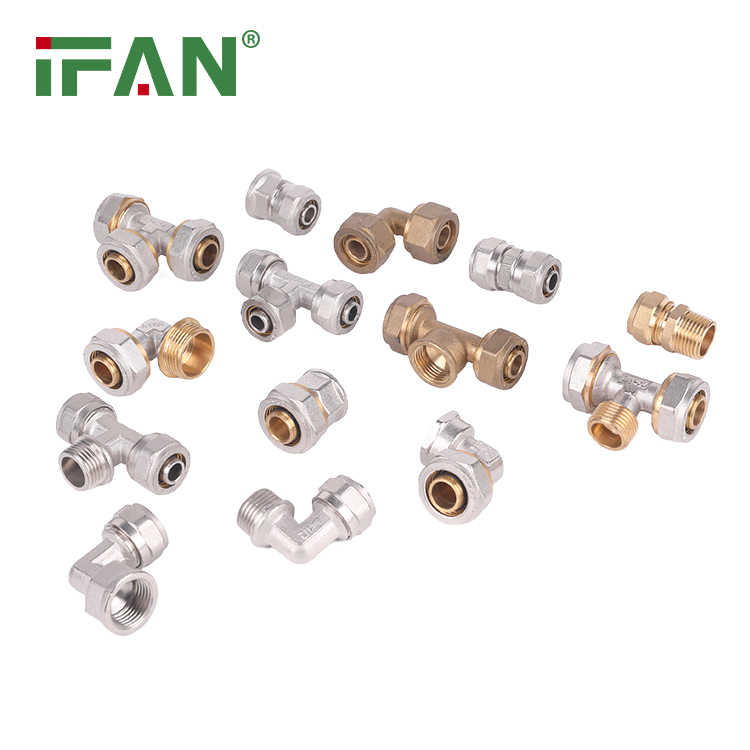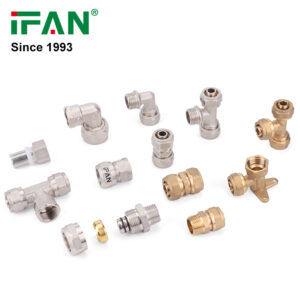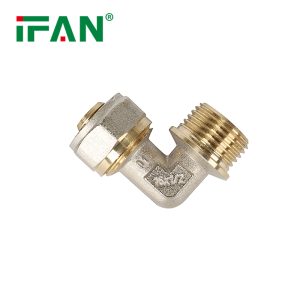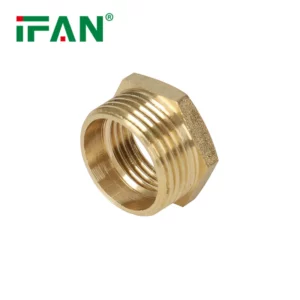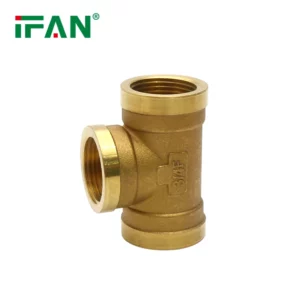Description
IFAN factory 30+ years manufacture experience support color /size customization support free sample.Welcome to consult for catalog and free samples.This is our Facebook Website:www.facebook.com,Click to watch IFAN’s product video.Compared with Tomex products, our IFAN products from quality to price are your best choice, welcome to buy!
Introduction to PEX Compression Fittings
PEX compression fittings are vital components in modern plumbing systems, allowing for reliable and efficient connections between PEX (cross-linked polyethylene) pipes. Unlike traditional fittings that may require soldering or gluing, compression fittings utilize a straightforward mechanism involving a ring and nut to create a secure seal. This article delves into frequently asked questions about PEX compression fittings, covering their benefits, installation, compatibility, and maintenance.
What Are the Benefits of PEX Compression Fittings?
One of the primary advantages of PEX compression fittings is their ease of installation. They require minimal tools, typically just a wrench, making them accessible for both professionals and DIY enthusiasts. Additionally, PEX is resistant to corrosion and scale, leading to improved water quality and reduced maintenance issues. Compression fittings also allow for flexibility in piping systems, accommodating movement and expansion without compromising the integrity of the connection. Overall, these benefits make PEX compression fittings an attractive choice for plumbing applications.
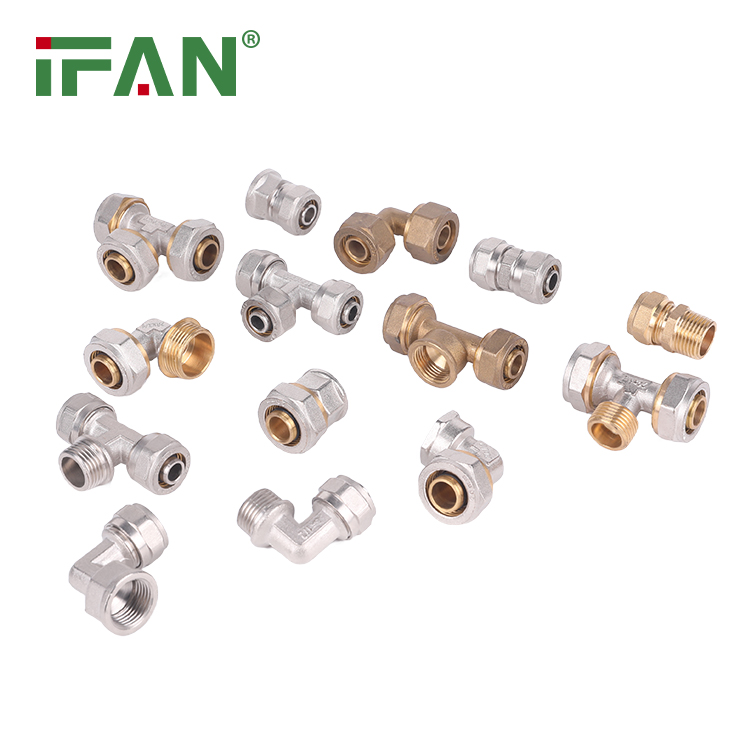
How Do You Install PEX Compression Fittings?
Installing PEX compression fittings is a straightforward process. First, cut the PEX pipe cleanly with a pipe cutter to ensure a smooth edge. Next, slide the compression nut and ring onto the pipe. Insert the pipe into the fitting and push it in until it reaches the stop. Then, slide the ring up against the fitting and tighten the compression nut securely with a wrench. It’s crucial not to overtighten, as this can damage the fitting or the pipe. Following these steps will ensure a leak-free connection that stands the test of time.
Are PEX Compression Fittings Compatible with Other Materials?
PEX compression fittings are primarily designed for use with PEX pipes, but they can also be compatible with other materials, depending on the specific fitting design. Many compression fittings are available for connecting PEX to copper, PVC, or CPVC pipes, making them versatile in mixed-material plumbing systems. However, it’s essential to check the manufacturer’s specifications to ensure compatibility, as using the wrong fitting can lead to leaks or structural failures in the plumbing system.
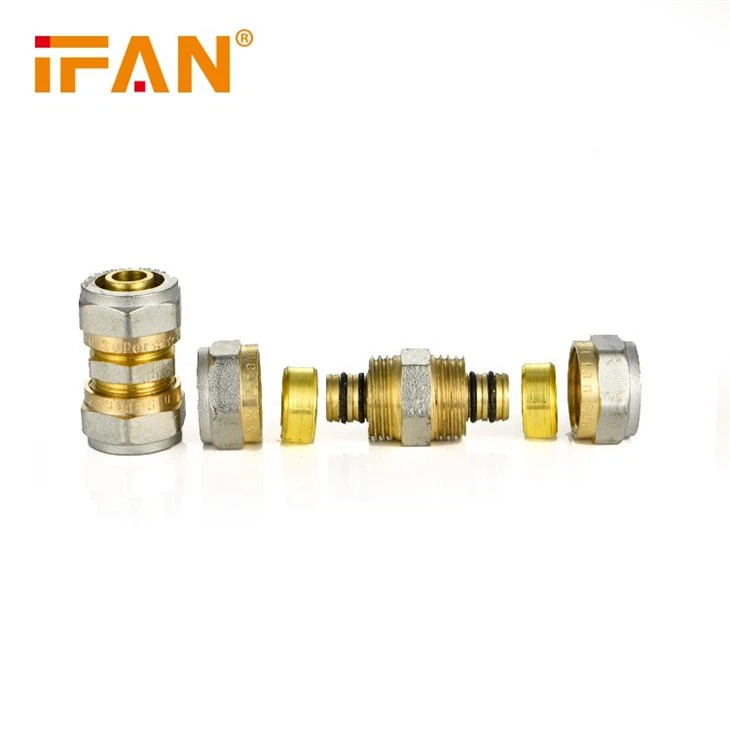
How Do You Maintain PEX Compression Fittings?
Maintaining PEX compression fittings is relatively simple, requiring minimal effort. Regularly inspect the fittings for signs of wear or leaks, especially in areas where they are subject to pressure changes or temperature fluctuations. If you notice any moisture around the fitting, it may be a sign that the connection is not secure. In such cases, you can often resolve the issue by tightening the compression nut slightly. However, if leaks persist, you may need to disassemble the fitting, check for damage, and possibly replace the fitting or the PEX pipe.
Conclusion: PEX Compression Fittings in Modern Plumbing
PEX compression fittings represent a practical and efficient solution in plumbing applications, offering numerous benefits such as ease of installation, flexibility, and compatibility with various materials. By understanding how to install, maintain, and troubleshoot these fittings, homeowners and plumbers alike can ensure the longevity and reliability of their plumbing systems. As technology advances, PEX fittings continue to evolve, solidifying their place as a staple in modern plumbing practices.
Related products
-
Compression fitting
PEX Compression Fittings: Ensuring Leak-Free Connections
-
Compression fitting
PEX Compression Fittings: A Comprehensive Insight for Your Plumbing Applications
-
Compression fitting
PPR Female Thread Plug
-
Compression fitting
IFAN Brass Fitting


